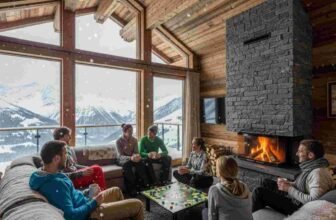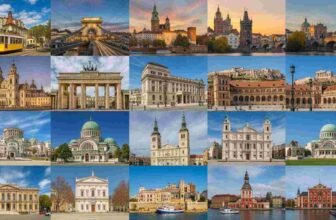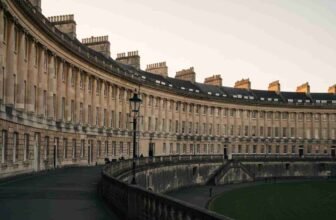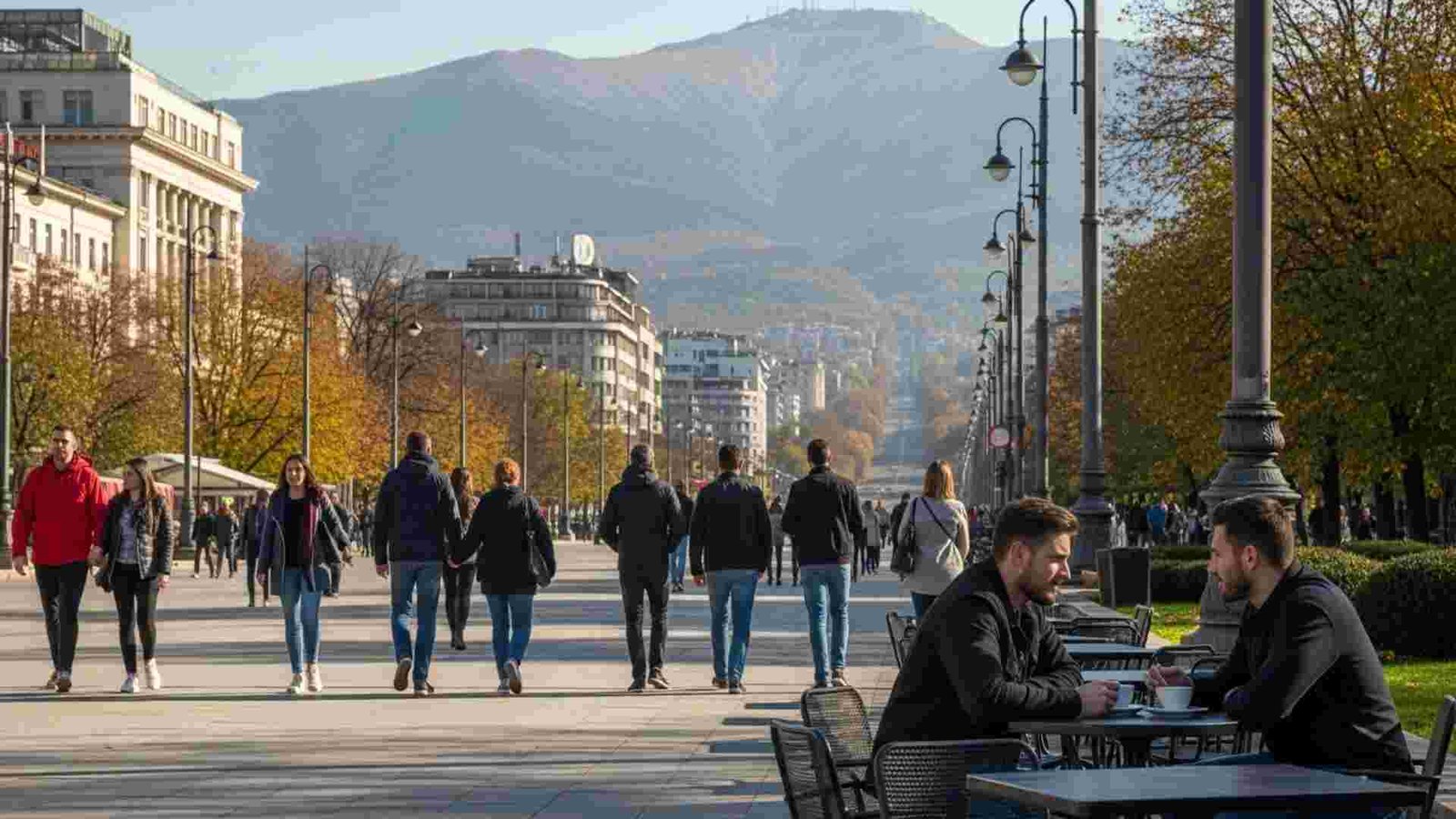

Sunlight hits your table in a quiet side street, and for once you’re not rushing anywhere. No office commute, no “must-see” checklist—just the hum of a neighbourhood that doesn’t know you’re passing through. More and more, quarter-life feels like a squeeze between rising rents, burnt-out routines and dreams you keep postponing.
That’s why trading short trips for slower, local living hits differently right now. This guide maps out twelve affordable cities where you can stretch your budget, rebuild your rhythm and quietly test-drive a new version of your life—one everyday routine, corner café and unexpected sunset at a time.
1. Lisbon, Portugal
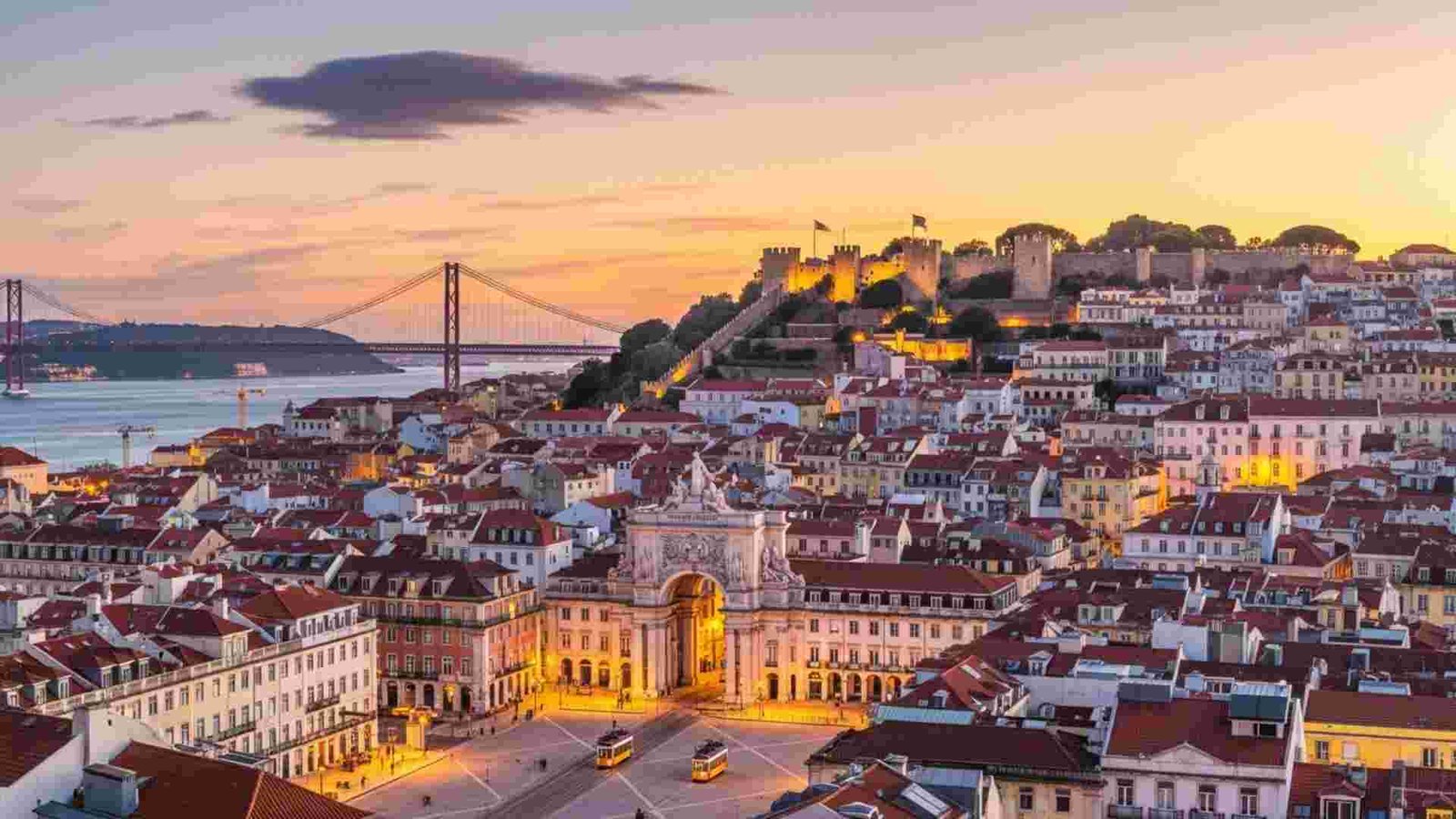
Ever get that feeling you’ve found a place where you could actually live — not just visit? That’s Lisbon. Winding cobbled streets, pastel-coloured tile façades, the Atlantic breeze mixing with city life. At the same time it’s affordable compared with many Western European capitals: estimated monthly costs for a single person in Lisbon (excluding rent) run around US$841 / €726. And overall cost of living index is about 45.1 (where 100 might represent a very expensive city).
And there’s history around every corner — from the Belém Tower to the Alfama district where Fado flows out at dusk. But you’ll also find modern coworking spots and good connectivity for remote work. For travel-meets-living, Lisbon hits that sweet spot of culture + comfort. utilities (electricity, water, internet) in Lisbon for an average household cost around €150/month.
Practical Information:
- Peak season / weather: Summers (June-Aug) are warm and lively; shoulder seasons (April-May, September) are excellent for fewer crowds and milder temps.
- Best way to reach & explore: Lisbon has an international airport (LIS). Once in town, use trams, metro and walkable neighbourhoods.
- Ideal duration: If you’re living/working, plan for 1-3 months minimum to settle in; for experience-living, even 4-6 weeks gives good immersion.
- Must-try local experiences: Ride Tram 28 up to “the castle” (São Jorge), eat pastel de nata in Belém, wander LX Factory for creative coffee and shops.
- Budget considerations: Rent will vary a lot by area; central neighbourhoods cost more. But living costs overall are comparatively manageable.
- Cultural etiquette tips: Portuguese are welcoming; learning a few phrases (“obrigado/obrigada”) goes a long way. Keep in mind that dinner tends to start later (8-9 pm).
- Photography opportunities: The view from Miradouro da Senhora do Monte, the tilework in Alfama alleys, and the sunrise along the Tagus river.
2. Valencia, Spain

This city has sun, sea, paella, and a pace that doesn’t feel rushed — you could call it “Spain for real life,” not just the postcard version. The cost of living for a single person (excluding rent) is about €657/month. Rent for a one-bed flat in city centre is around €1,070/month, and outside centre about €800.
Valencia blends a historic core (Old City, the Silk Exchange) with modern-looking innovation (City of Arts & Sciences). You’ll find wonderful street-life, Mediterranean beaches, and the kind of local cafés where you spend more than one morning.
Practical Information:
- Peak/Off-peak: Summers are hot (July & August) and very beachy; spring (April-May) and autumn (September) are excellent.
- How to reach/explore: Fly into Valencia Airport (VLC) or come by train from Madrid/Barcelona. Within the city, bikes are popular and the metro + trams cover most areas.
- Duration: A stay of 2-4 weeks allows you to feel local; 2-3 months lets you rent a flat, find a rhythm.
- Must-try: Eat authentic paella where it was born (Valencia region), explore the Turia Gardens (former riverbed turned huge park), visit Ruzafa neighbourhood for art and cafés.
- Budget: Good value overall. With some care you can live comfortably on ~€1,500-1,800/month including rent (for a single person) according to local guides.
- Cultural etiquette: Siesta still loosely exists; lunch is often late (2-3 pm) and dinner starts around 9 pm. Learn the rhythm.
- Photography: Magic hour light at the City of Arts & Sciences, the orange rooftops of the old town, the beach at sunset.
3. Budapest, Hungary
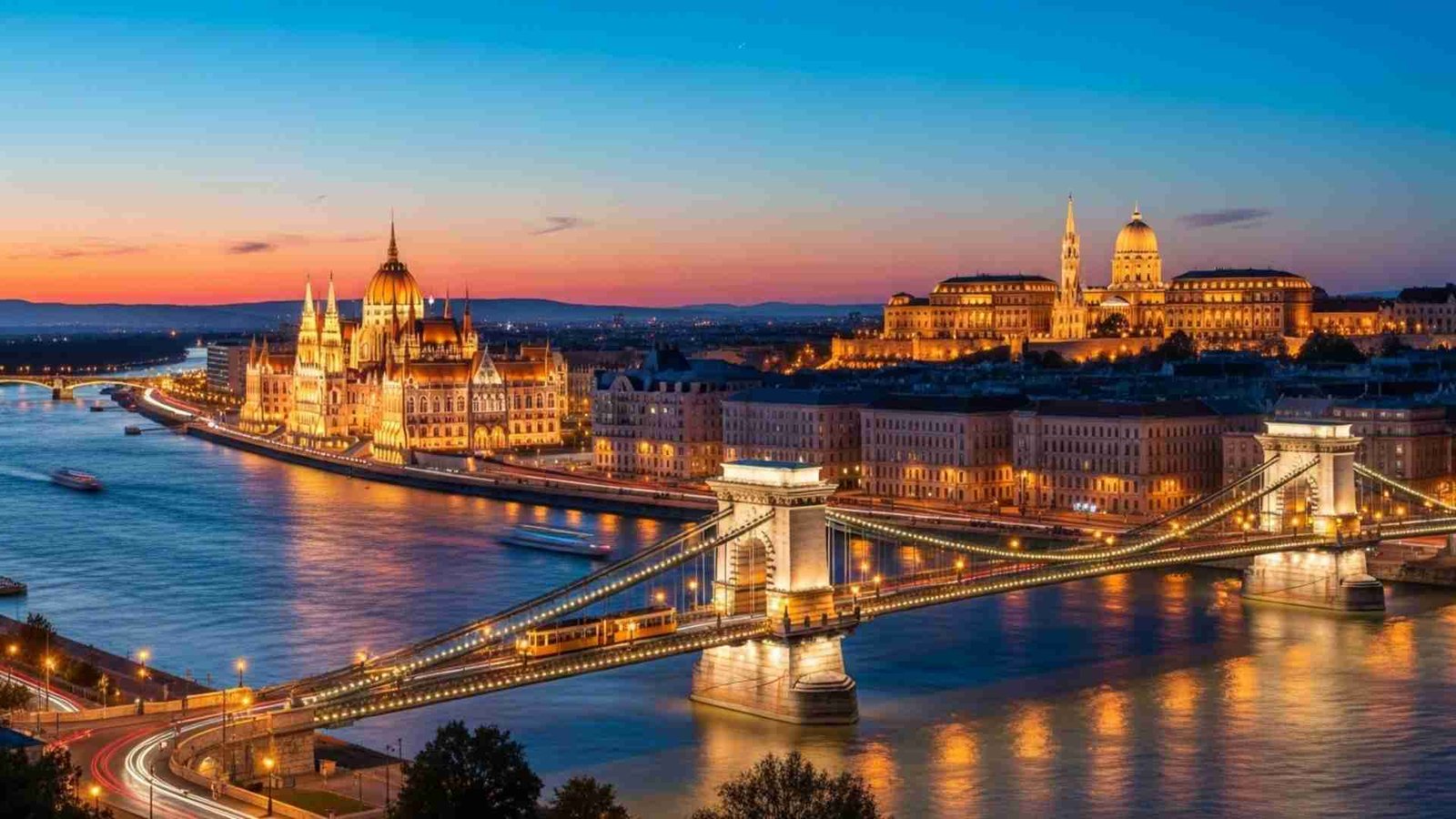
You’ve got the Danube, grand architecture, thermal baths — but with a cost of living that’s far friendlier for extended stays. For a single person (excluding rent) the cost is about US$820/month. The cost of living index is about 41.7 (April 2025 data) for Budapest.
Budapest oscillates between majestic grandeur (think Parliament building) and laid-back neighbourhood café scenes. Living here, you’d be immersed in Central European culture but with budget-friendly reality. The city has modern transit, strong WiFi, and plenty of coworking spaces for digital-nomad style movement.
Practical Information:
- Peak/Off-peak: Summer (June-August) is busy and warm; spring/fall are cooler and pleasant; winter brings a completely different vibe (snow, thermal baths!).
- How to reach/explore: Fly into Budapest Ferenc Liszt Airport (BUD). The metro, tram, and buses connect quickly around the city. Many locals walk or bike in suitable areas.
- Duration: Stay of 4-8 weeks gives you enough time to soak in the rhythms — markets, thermal baths, neighbourhood brunches. Longer than that you might even set up a base.
- Must-try: Soak in a thermal bath (Széchenyi is iconic), explore ruin bars in the Jewish Quarter, cruise the Danube at night for glowing city reflections.
- Budget: Daily half-comfortable budget for a visitor is US$24-50; mid-range US$50-100. For longer-term living you’ll want to check rent trends and visa/residency considerations.
- Cultural etiquette: Hungarian people are friendly but reserve openness until you build rapport. A few local phrases (köszönöm = thank you) go a long way.
- Photography: The Parliament at dusk, the Chain Bridge lit up at night, Fisherman’s Bastion with sweeping city views.
4. Chiang Mai, Thailand
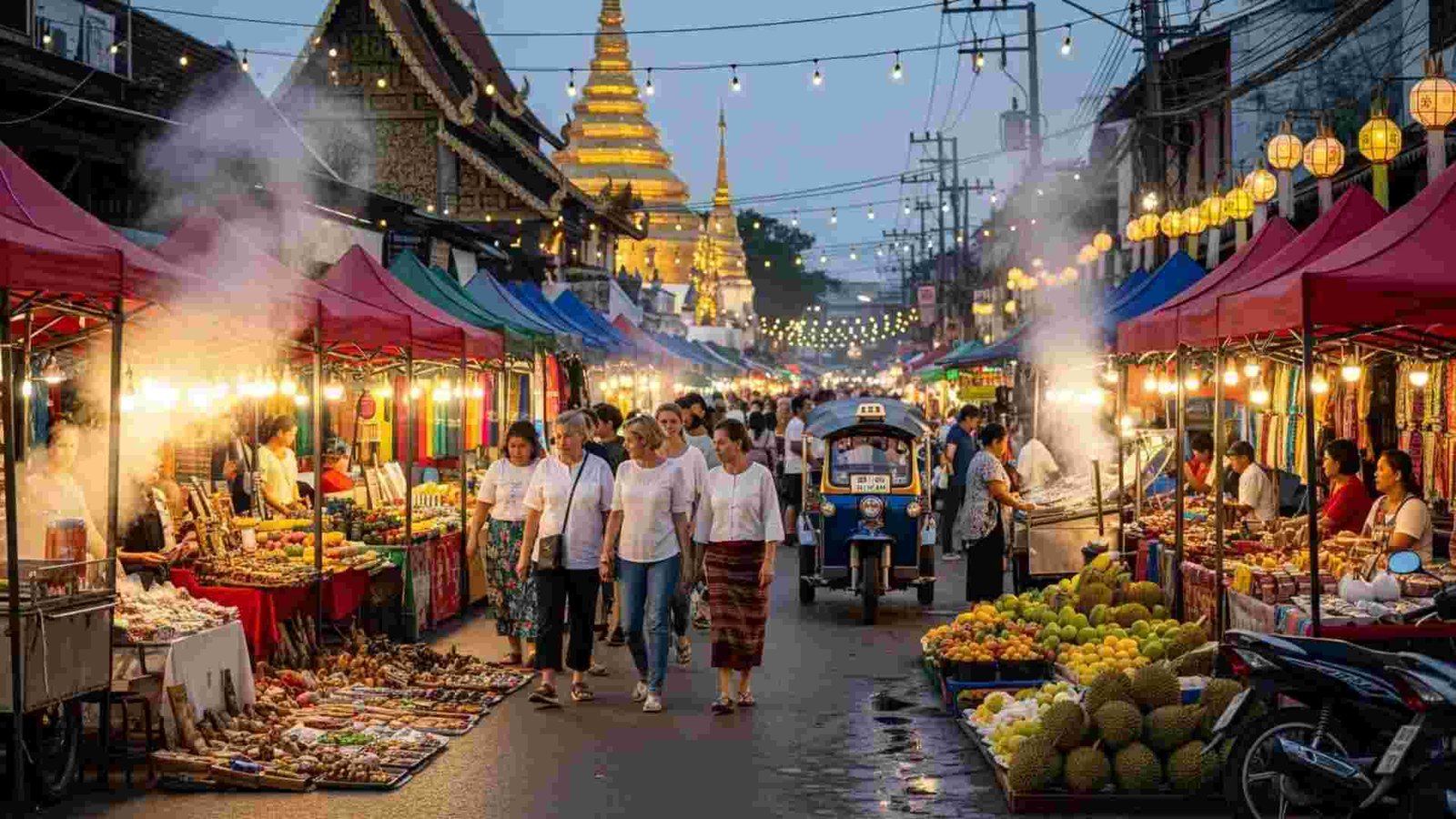
Here’s somewhere you’ll feel far from the hustle of big cities — but still connected. Chiang Mai offers mountain surrounds, old-city temples, a pulse of digital nomads and locals. The cost of living is low: for a single person roughly US$776/month according to one recent breakdown. Some digital-nomad guides say you can live comfortably for about US$600-1,500/month depending on style.
decent WiFi, plenty of cafés, coworking spaces. But it also has that “real life” feel — local markets, Thai food, the smell of incense, the sounds of scooters and temple bells. You aren’t just in a tourist bubble. the “smoky season” (burning of fields around February–April) can affect air quality. So if you plan longer stays, pick your season. Also visa logistics can require some planning.
Practical Information:
- Peak/Off-peak & weather: Cool season (Nov–Feb) is the most comfortable; hot season (March–May) gets intense; rainy season (June–Oct) has heavy rains but fewer tourists.
- How to get there/explore: Chiang Mai International Airport connects to many Asian cities; within the city you’ll grab songthaews (shared rides), scooters (if you’re comfortable), or walk/explore the Old City on foot.
- Duration: 1-3 months is ideal to feel like a local; 6 months+ works if you set up remote work and routine.
- Must-try: Visit Doi Suthep at sunrise, take a Thai cooking class, explore the Saturday/Sunday walking street markets in the Old City. Also join a local Muay Thai class if you’re feeling adventurous.
- Budget: For modest living, US$800-900/month is realistic. For more comfort maybe US$1,200-1,500.
- Cultural etiquette: Respect temples (cover shoulders/knees), we often take shoes off before entering. Thai people are generally very polite; a smile goes far.
- Photography: Golden hours at Doi Suthep, colourful temple rooftops, night-market neon and street life in the old town.
5. Tbilisi, Georgia
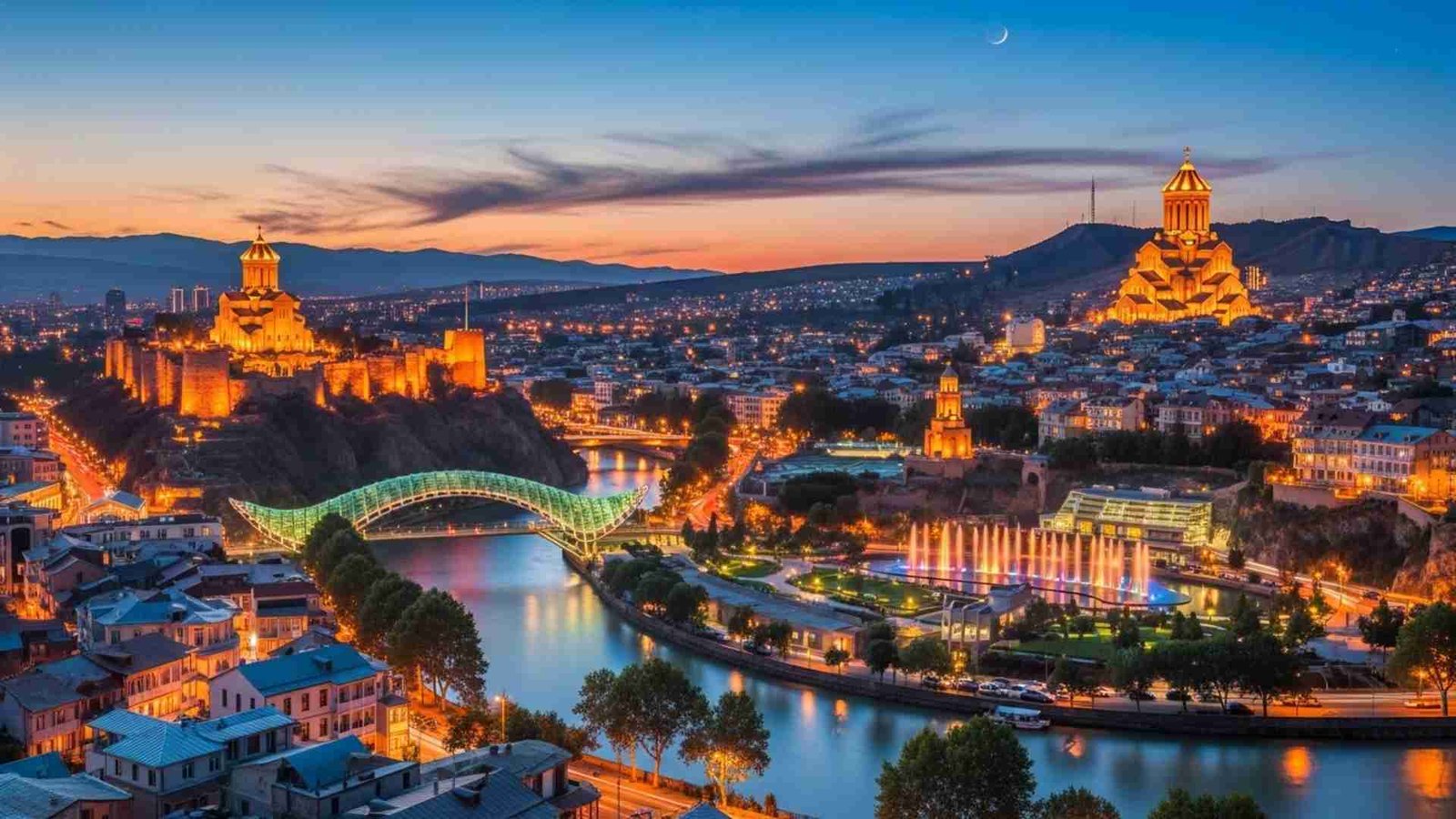
Here’s a city still under the radar for many, but full of character; Tbilisi. Think old-town alleys, sulphur-bath districts, wine culture (Georgia is one of the earliest wine regions in the world), and affordable living. Monthly cost estimates for a single person are around US $623 excluding rent. One source suggests living comfortably could be around €750/month.
Once you land, you’ll notice a mix of Eastern European and Caucasus influences — architecture, food, languages all layered. And because it’s less tourist-overloaded than some major European capitals, you can feel like you’re actually living there. But — yes — infrastructure may not always match top-tier cities (roads, public transport outside the centre), so part of “living like a local” means embracing that mix of charm + imperfection.
Practical Information:
- Peak/Off-peak: Summer (July–August) is warm and lively; spring and autumn are very pleasant for exploration. Winters can be chilly.
- Getting there/exploring: Tbilisi International Airport serves the city. Once in town you’ll use the metro, buses, lots of walking through the Old Town.
- Duration: 1-2 months gives you a taste; 3-6 months is good if you set aside time to learn the rhythm and maybe pick up some Georgian phrases.
- Must-try: Visit the sulphur-baths in Abanotubani, take a cable car up to Narikala Fortress for views, and dive into Georgian cuisine (khachapuri, khinkali) and old-vine wine tastings.
- Budget: It’s genuinely affordable. One guide states you can live on less than US$1,000/month and still go out, have fun.
- Cultural etiquette: Georgia has strong hospitality traditions; if you’re invited to a supra (traditional feast) say yes and show respect. Smy-language helpful: “gamarjoba” = hello.
- Photography: The colourful balconies in Old Town, Tbilisi’s skyline with new and old juxtaposed, the sweeping view from Mt. Mtatsminda at dusk.
6. Da Nang, Vietnam – “Beach City That Actually Works as a Base”
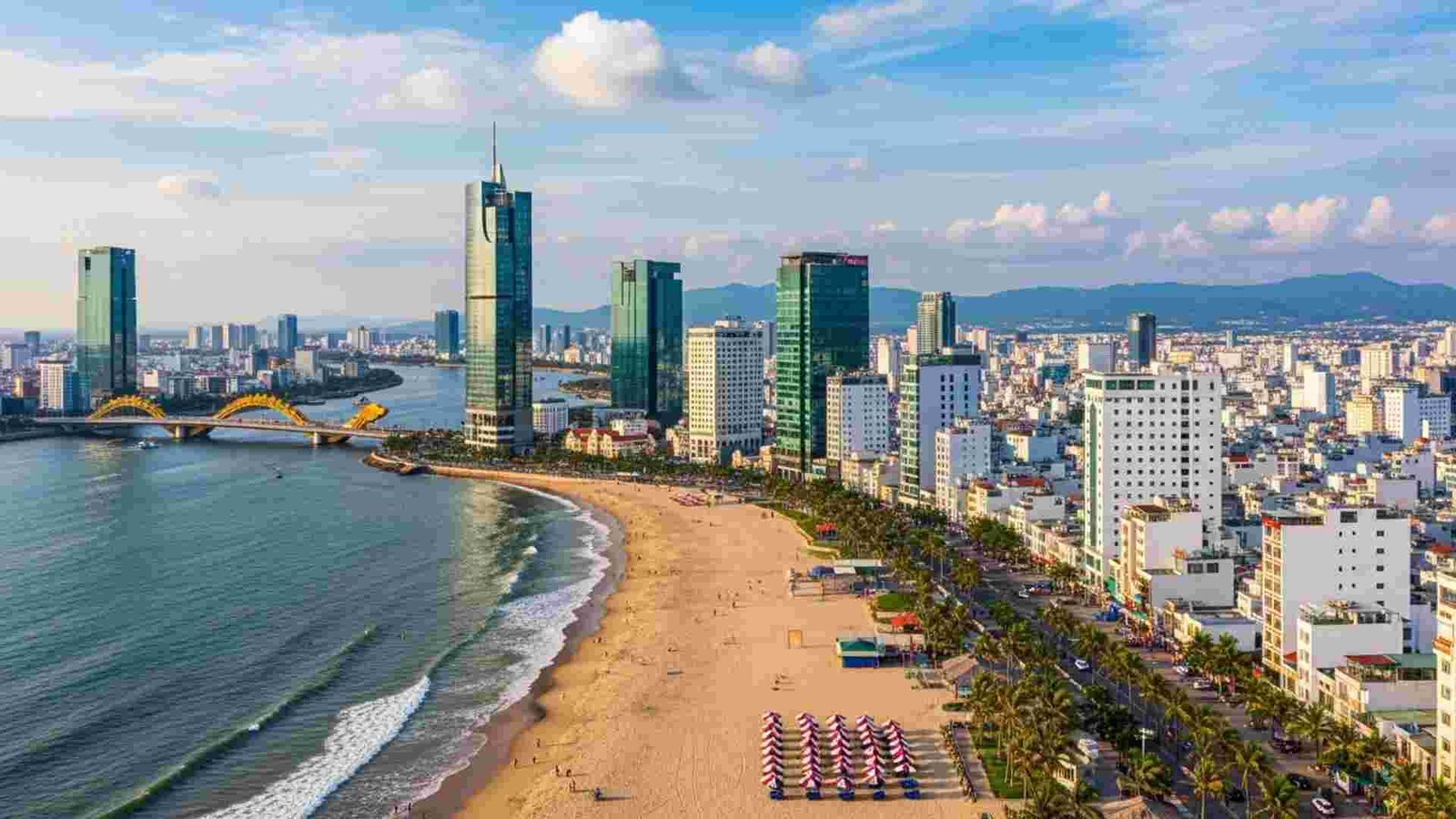
Da Nang lives in that sweet spot between “local coastal city” and “up-and-coming hub.” You’ve got a long run of beaches like My Khe with actual morning surfers and fishermen, not just resort guests. The city itself is compact and practical: wide streets, coffee on every corner, markets that locals genuinely use. For cost of living, a single person spends around US$420/month excluding rent, making Da Nang dramatically cheaper than most Western cities. Across Vietnam, an average single person budget comes out near US$616/month including rent, so you’re playing in that range if you live simply.
Another angle that doesn’t show up on postcards: weekend freedom. Son Tra Peninsula brings wild monkeys, forested roads and cliff views within a 30-minute drive. Hoi An’s lantern-lit old town is an easy day trip. That means your “after work” or Sunday reset can be a motorbike ride into jungle shade or a food crawl in a totally different city, without airports or long trains.
Practical information
- Seasons & air quality: Best months are roughly March–August for beach days. Watch for occasional typhoons in late wet season. Air quality is usually better than Hanoi or Ho Chi Minh City, but check burning-season updates if you’re sensitive.
- Getting in & around: Fly into Da Nang International Airport (lots of domestic and regional routes). In town you’ll mostly use Grab, motorbike rental or just walk the beachside areas.
- Where to base: My An for a beach-plus-café life, city centre by the Han River if you want markets and local food first, sea second.
- Budget feel for long stays: Rough ballpark US$800–1,200/month for a single person including rent and eating out a few times a week, depending on apartment and lifestyle.
- Good for: Remote workers who want a low-stress, sandy “office” with quick access to nature and side trips.
7. Porto, Portugal – Sunny City With a Village Core
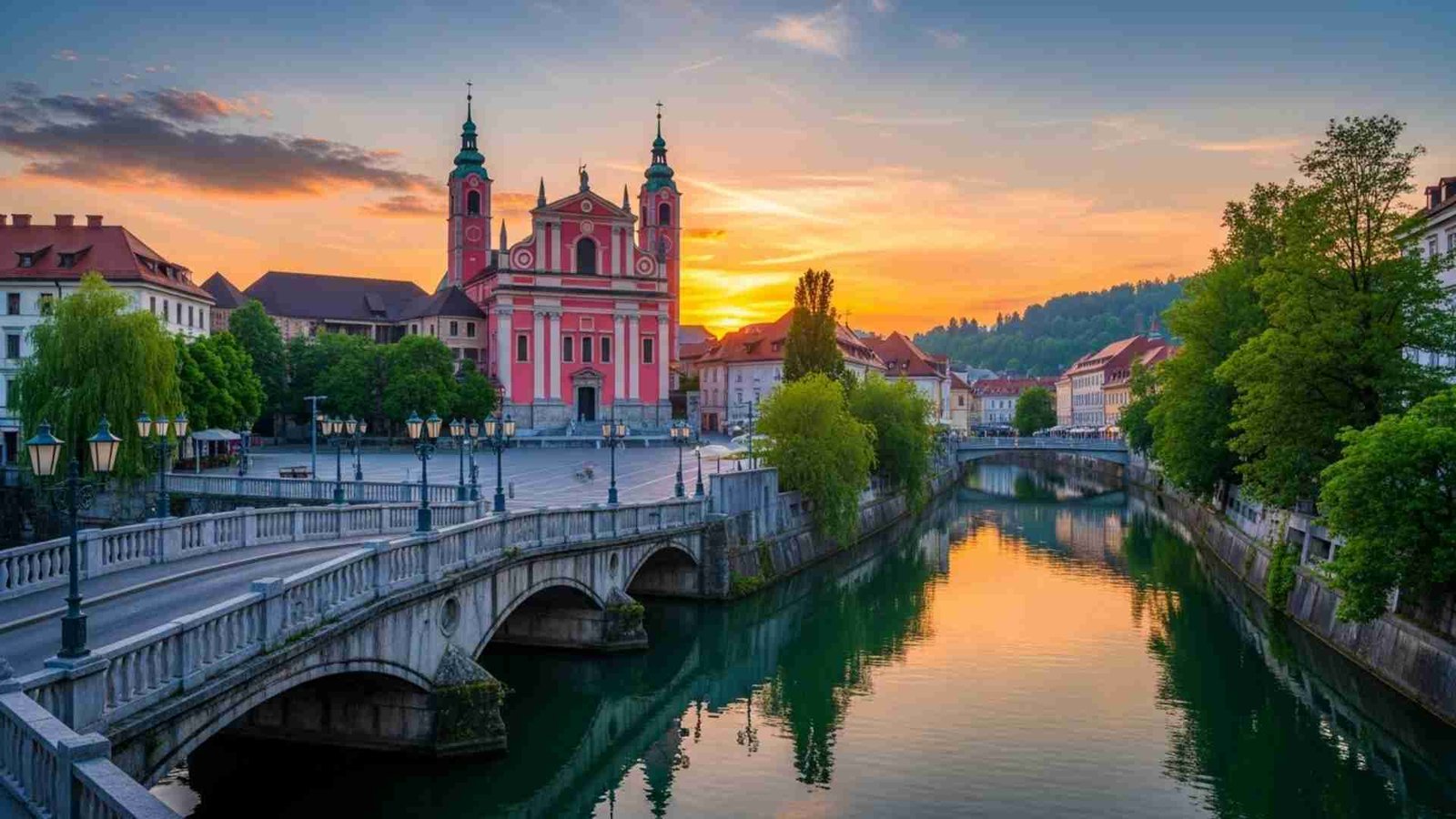
Porto wraps itself around the Douro River in steep terraces of tiled houses, wine cellars and church towers. It’s less overwhelming than Lisbon but still gives you that everyday European city feel: tram bells, older neighbours gossiping in doorways, locals queuing for their favourite pastelaria. Cost wise, a single person spends roughly US$788 (€680) per month excluding rent, and Porto’s cost-of-living index sits around 37.2, notably lower than Lisbon’s 45.1. Portugal overall is one of Western Europe’s more affordable countries, with guides saying a person can live comfortably from roughly €1,700/month, with Porto on the higher end but still under major-capital levels.
What feels different here is the “village in a city” vibe. You can stay in a neighbourhood like Cedofeita or Bonfim and see the same café staff daily, buy fruit from the same stall at Mercado do Bolhão, and still be 15–20 minutes from the river or the Atlantic. On the other side of the bridge, Vila Nova de Gaia has quieter streets and wine lodges where tastings happen on weekday afternoons, not just tourist peak hours.
Practical information
- Climate rhythm: Mild winters, warm summers. May–June and September–October are lovely for long stays: fewer crowds, outdoor evenings, cheaper nightly rates.
- Access & movement: Fly into Francisco Sá Carneiro Airport, then take the metro straight into town. Inside Porto, you’ll walk a lot; the metro, buses and trams cover most trips, with trains heading easily to Braga, Guimarães and the Douro Valley.
- Typical long-stay budget: Think €1,400–1,800/month for a single person if you rent a modest one-bedroom, cook some meals and still go out regularly.
- Neighbourhood feel: Ribeira = views and tourists; Cedofeita/Bonfim = creative, local, younger; Gaia = quieter, more residential, close to wine cellars.
- Best “live like a local” moves: Get a metro card, pick one local café and market, and treat the Atlantic beaches (Matosinhos, Foz) as your weekend park.
8. Kraków, Poland – Storybook Old Town, Very Real Everyday Life
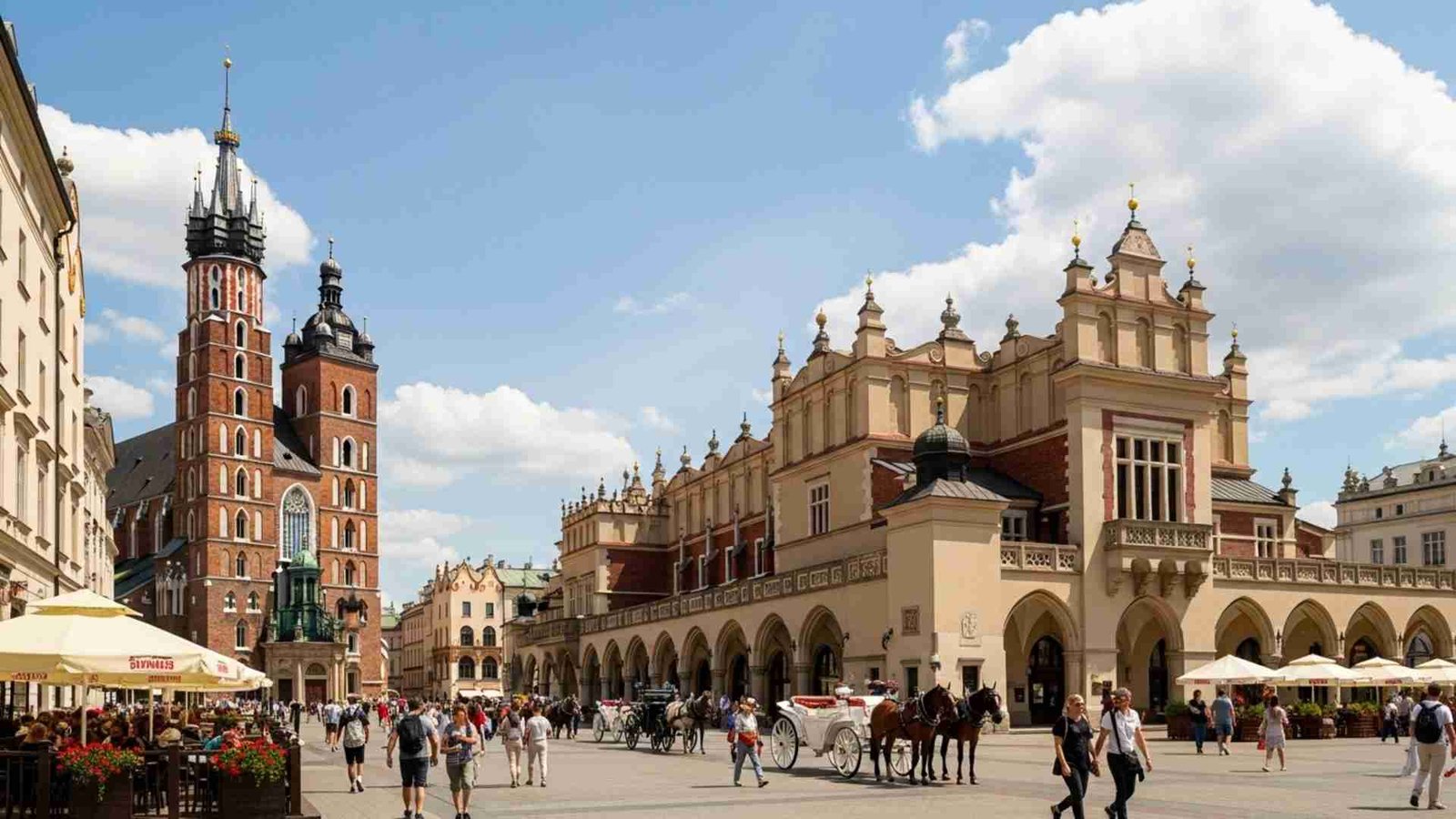
Europe’s largest medieval square, horse carriages, St. Mary’s Basilica watching over everything. But most of the people who’ll live alongside you are students, young professionals and families. Poland remains one of the more affordable EU countries; a single person in Kraków spends around US$833/month excluding rent, and national data puts typical monthly spending around 3,000 PLN before housing. Kraków’s own cost-of-living index is roughly 45.3, still lower than many Western capitals.
The part that often gets skipped is Nowa Huta and the outskirts. Built as a model socialist city, Nowa Huta now feels like a living museum of post-war planning, with wide avenues, big parks and a very different mood from the Old Town. It’s where you really see how people live day-to-day: kids in playgrounds, older residents on benches, corner bakeries that clearly don’t depend on tourists. That contrast between postcard centre and “real life” neighbourhoods is exactly what makes a longer stay interesting.
Practical information
- Season feel: Spring and autumn are sweet spots for staying longer – comfortable temperatures, fewer stag parties. Winters are cold and atmospheric; summers can get busy in the centre.
- Arriving & moving around: Kraków Airport connects to lots of European cities. Once you’re in town, trams and buses are reliable, and cycling is catching on.
- Indicative monthly budget: A realistic single-person range is around €1,300–1,700/month including rent, trams, regular café visits and some weekend trips.
- Where to actually live: Old Town or Kazimierz for your first month; later, Podgórze or parts of Nowa Huta if you want more local prices and quieter streets.
- Good everyday rituals: Morning walks around Planty park that circles the centre, tram rides out to green spaces and mounds, evenings in tiny bars and milk bars (bar mleczny) for simple Polish meals.
9. Kuala Lumpur, Malaysia – Skyscrapers, Kopitiams and Easy Escape Routes

highways threading through towers, monorails gliding overhead, shopping malls where you can cool off for hours. Underneath that, there’s a very grounded daily life: shared tables in kopitiams (traditional coffee shops), stall owners in Jalan Alor grilling satay late into the night, aunties and uncles running corner shops who see you often enough to remember your order. For a single person, monthly costs sit around US$587 (≈2,428 RM) excluding rent, and KL’s cost-of-living index is roughly 35.7 with a low rent index of 12.2. One recent local budget breakdown puts a single person’s typical monthly spend at about RM3,250 including rent and basics.
Malaysia keeps a close eye on living costs with subsidies and policy tweaks. In 2025, for example, the government even adjusted fuel prices for RON95 petrol to ease cost-of-living pressure for citizens, while setting a higher price for non-citizens. That kind of move affects how locals budget and indirectly shapes what you pay for transport and deliveries too. At the same time, guides still say a couple can live very comfortably in Malaysia on about US$2,500/month if they aren’t chasing high-end views.
Practical information
- Weather reality: Hot and humid all year with short, heavy showers. There’s a wetter phase roughly around Oct–Dec, but you’re basically in “summer” constantly. Air-con is part of life.
- Airport & movement: Kuala Lumpur International Airport (KLIA + KLIA2) is a major regional hub, handy for cheap trips to Thailand, Indonesia, Vietnam and beyond. In the city, you’ll mix LRT/MRT/Monorail lines with Grab rides and walking shorter distances.
- Long-stay budget range: For a single person, RM3,000–4,500/month (about US$640–950) can cover a modest apartment, public transport, street food, coffee and some travel, depending on your standards.
- Neighbourhood vibe: Bangsar and Damansara for cafés and expats; KLCC for city-core high-rise life; Cheras and older suburbs for lower rent and more local feel.
- Everyday highlights: Night markets, multi-faith festivals, date nights under the Petronas Towers, and quick weekend breaks to Penang, Langkawi or the Cameron Highlands.
10. Taipei, Taiwan – Night Markets, Hills and Very Easy Living

Taipei runs on convenience and kindness. You tap one EasyCard for metro, buses and even some shops, the MRT is clean and intuitive, and you’re rarely far from a 7-Eleven that can handle half your life admin. At the same time, the city is obsessed with food: beef noodle shops, breakfast spots, bubble tea, night markets where you could spend an entire month trying something new each night. Cost wise, a single person’s monthly spending is about US$838 (≈26,000 TWD) excluding rent, and Taipei’s cost-of-living index sits near 49, higher than some Southeast Asian capitals but still reasonable compared with Tokyo or Singapore. Taiwan-focused calculators describe the country as an affordable, modern option, with total budgets flexing a lot based on rent and lifestyle.
The lesser-talked side of Taipei is how quickly you can be in nature. Hiking trails like Elephant Mountain are within the metro map; Yangmingshan National Park is an easy bus ride away, with hot springs scattered around the region. That means your “local life” can include both city routines and regular hikes without big planning. For a quarter-life reset, that access to green space is often underrated.
Practical information
- Climate & comfort: Subtropical. Summers are hot and humid with typhoon risk; October–December is often a great time for longer stays with cooler air and clearer days.
- Arrivals & getting around: Taiwan Taoyuan International Airport feeds directly into Taipei via airport MRT. Inside the city, the MRT + buses cover most needs, with YouBike bike-share filling the gaps.
- Expected monthly range: Depending on neighbourhood and apartment size, a single person might live on roughly US$1,300–1,900/month including rent, food, transport and small luxuries.
- Neighbourhood picks: Da’an and Guting for student + café energy; Yonghe/New Taipei for quieter, more local vibes; Xinyi if you love malls and skyline views.
- Local-style rhythm: Breakfast shop runs, MRT commutes, night-market dinners, weekend hikes and hot springs – with convenience stores quietly supporting every part of that loop.
11. Belgrade, Serbia — The City That Teaches You to Live in Layers

You arrive in Belgrade expecting “gritty Balkan capital” and end up in a city that feels like three places at once. Daytime Belgrade is slow and café-soaked: locals lingering over tiny cups of strong coffee in Dorćol, old men arguing about football near Kalenić Market, kids weaving through apartment blocks on scooters. Night Belgrade flips the switch. The Sava and Danube rivers light up with splavovi – floating river clubs that are a full subculture of their own, pulsing with everything from turbo-folk to techno.
Belgrade is great if you’re trying to rebuild your life on a realistic budget without giving up city energy. A single person’s average monthly costs hover around US$760–990 excluding rent, depending on the source. Serbia’s national cost-of-living index sits around 37–42, with Belgrade as the priciest city but still cheaper than many EU capitals.
Practical Information:
- Zemun riverside: Technically part of Belgrade, but feels like a small Danube town with cobbled streets and sunset walks by the water.
- Avala Mountain & Monument to the Unknown Hero: A quick escape with forest walks and a surreal, almost cinematic monument overlooking the plains.
- Belgrade Underground tours: War bunkers, Roman wells, old tunnels and underground wine cellars that reframe the whole city once you’ve seen them.
- One-bedroom rent in Belgrade: roughly €340–500 depending on area and whether you’re in the centre.
12. Sarajevo, Bosnia & Herzegovina – A Valley That Holds Both Wounds and Warmth

Sarajevo wraps around you slowly. The city sits in a bowl of mountains, and from almost anywhere you can look up and see slopes where Olympic ski events once happened and siege positions later stood. In Baščaršija, the Ottoman-era bazaar, copper workers still hammer designs by hand, pigeons swarm around Sebilj Fountain, and the smell of grilled ćevapi drifts through narrow lanes.
For long stays, the numbers are soft enough to breathe. The average cost of living in Sarajevo is about US$930/month, placing it among the cheaper 35% of cities worldwide, with Bosnia and Herzegovina overall ranked as one of the more affordable countries in Eastern Europe.
Practical Information
- Trebević Mountain + Olympic bobsled track: You glide up from the city on the Trebević cable car (about 20 BAM return for tourists) and step into quiet forest, viewpoints, and the graffiti-covered remains of the 1984 Olympic bobsled track. It’s surreal, beautiful and sobering all at once.
- Tunnel of Hope: A small, powerful museum where you walk a section of the tunnel that kept the city connected during the siege. It hits hard, but deepens every future walk through town.
- Neighbourhood café culture: Outside the old town, residential cafés feel almost like extended living rooms. You’ll see people nursing a single coffee for ages, and no one rushes them.
Conclusion:
Quarter-life reset doesn’t have to mean dropping everything and moving to the “perfect” place – it can simply mean choosing a city where your money stretches further, your days feel fuller, and you actually have time to breathe. From beachy hubs and mountain bowls to river cities and night-market capitals, each of these 12 spots gives you a different way to test-drive the life you might want next. You can build routines, learn small phrases, shop where locals shop, and see what happens when you’re not racing through a checklist. In the end, the right city isn’t just affordable – it’s the one that quietly starts to feel like home.


